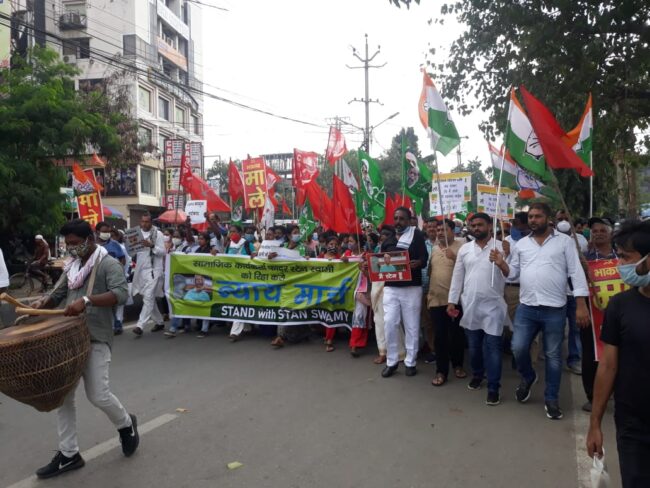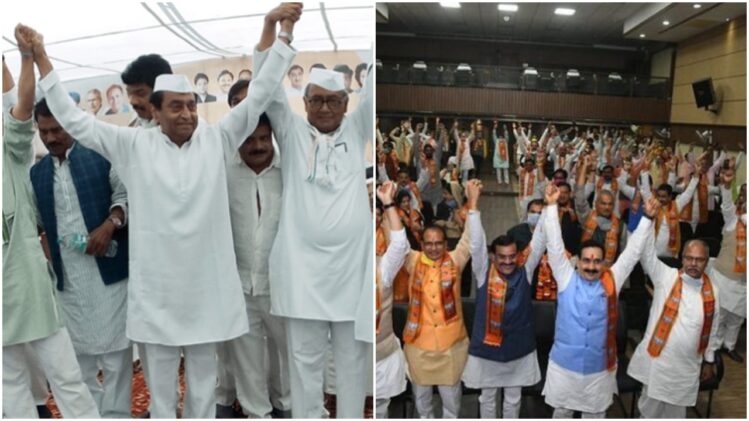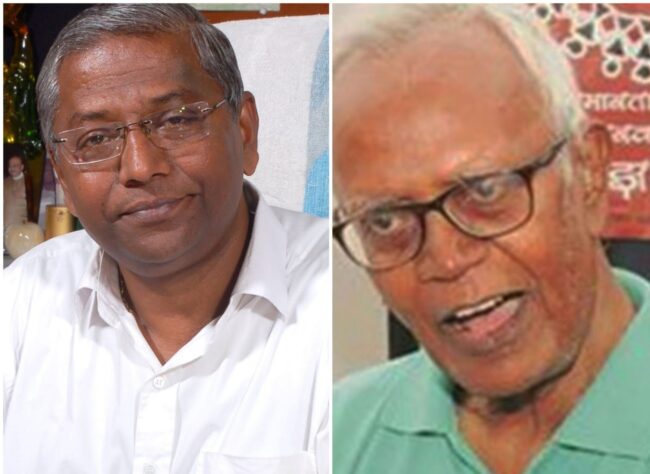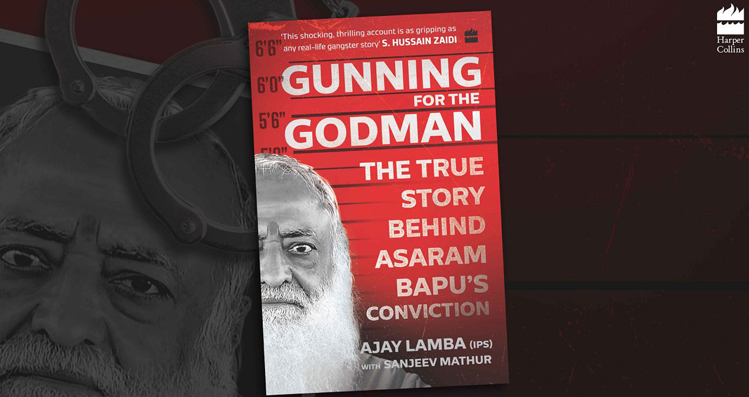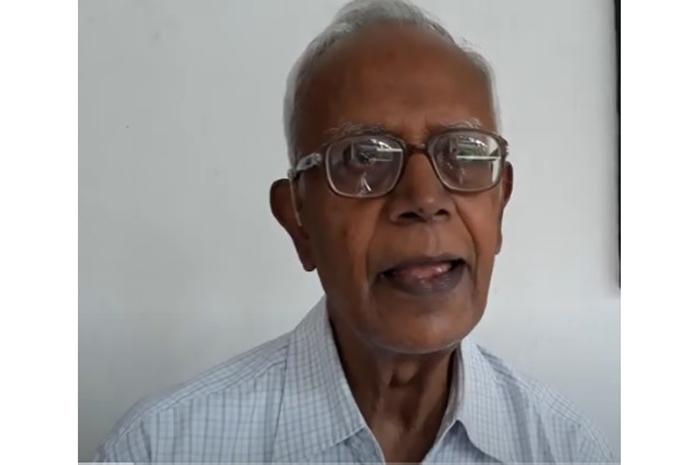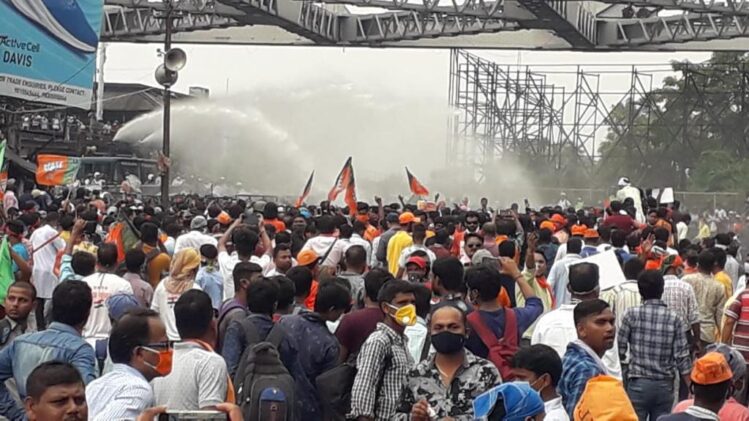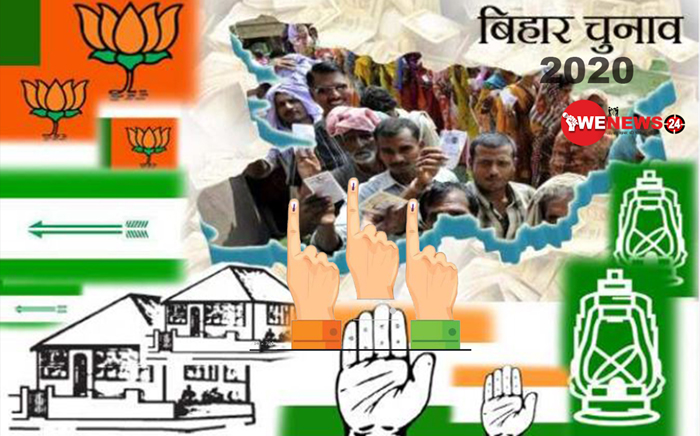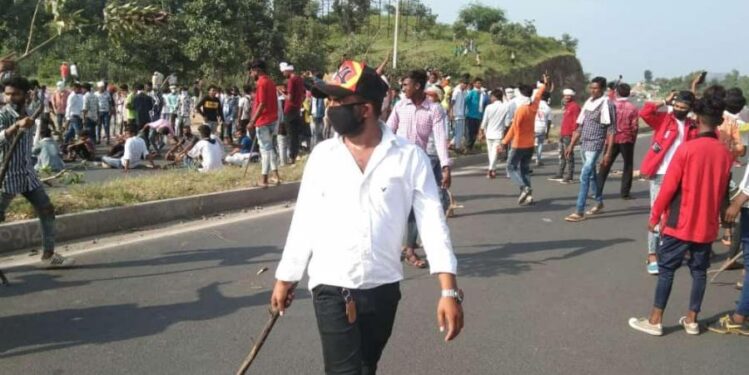Kolkata/Ranchi: Saturday witnessed several protests against the arresting of 83-year-old activist Stan Swamy in connection with the Bhima-Koregaon case both in Ranchi and Kolkata. While in Ranchi, from where Stan Swamy was arrested, representatives from several people’s organisations, movements, Left Party and its allies along with Jharkhand’s ruling party jointly took out a Nyay March, demanding the release of Father Stan Swamy and other political prisoners. In Kolkata, the protest was organized by Mother Teresa International Award Committee in which several prominent people from the Jesuit Christian community as well as other minority community participated in order to register their protest. They also demanded the immediate release of the veteran activist.
Kolkata stands with Fr Swamy
The protest in Kolkata was organized amid many Covid-19 related restrictions imposed by the local administration, which had not only warned the organisers to keep the number of participants well under 50 but had restricted the display of posters, banners or placards during the protest meet.
The participants still registered a strong protest against the arrest of Father Swamy. Father Felix Raj, the vice-chancellor of St. Xavier’s University told on the occasion that an 83-year-old man deserved mercy and not the inhuman treatment being met out by the government. “Father was not just a mere activist. He was serving the poorest of the poor for forty years and did not deserve the inhuman treatment that he is getting since the last ten days,” said Father Felix.
While Archbishop of Kolkata Thomas D’Souza warned that the inhuman treatment meted out to Father Stan would not be tolerated. He also demanded for the immediate release of Father Swamy.
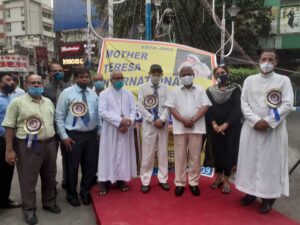
Ranchi reverberates with echoes of “Release Father Stan Swamy”
The Nyay March took off from the Zila school and culminated with a dharna staged at the Raj Bhawan.
The District Secretary of Indian National Congress, Sanjay Pandey, said, “Stan’s arrest is part of the central government’s strategy to increase its loot of Jharkhand’s natural resources.”
CPI-ML MLA from Bagodar Vinod Singh, who travelled to Ranchi to register his protest, said “There is an increasing trend in the number of attacks against on human rights activists, intellectuals and others who speak out for people’s rights. On the lines of Bhima Koregaon, the government is now accusing political and student leaders opposing CAA-NRC of inciting the riots in Delhi.” He appealed to all the opposition parties and leaders to unite and demand for the release of Fr Stan Swamy and all others implicated in the Bhima Koregaon case.
Mahua Manjhi of JMM said, “Stan’s arrest under the cover of darkness is deeply condemnable.” She questioned the need for keeping a senior citizen behind the bars when the NIA could have interrogated him at his residence.
Congress spokesperson Prahakar Tirkey stressed on the need to repeal UAPA, which can be used to arrest anyone indulging in “unlawful” activity. He asked, “Who has the authority to decide which activities are unlawful.” He added that the NIA was acting on the whims of the central government.
Jharkhand’s well-known activist Dayamani Barla, who as present during the protest, said, “The entire country is condemning Fr Stan’s arrest.” She added that people across villages have kept the struggle against the policy of the land bank, of which Stan was a strong critic, alive.
Ratan Tirkey, ex-member of the state’s Tribal Advisory Council, said that until Modi came to power, no political leader stooped so low as to accuse Fr Stan Swamy with fake charges. “The BJP government has created an atmosphere of fear,” she maintained.
At the end of the dharna, the protestors presented a memorandum to the governor with an appeal, which was to inform the central government of their following demands:
- Immediate release of Stan Swamy and all political prisoners
- Bhima-Koregaon case to be closed immediately and false cases related to Delhi riots filed against CAA-NRC activists to be withdrawn
- Repeal sections 124A (sedition) & 499 (criminal defamation) of the Indian Penal Code, Unlawful Activities (Preventions) Act (UAPA) and National Security Act (NSA).
The march in Ranchi was attended by representatives of the following organisations: Adivasi Women’s Network, Adivasi Mulvasi Astitwa Raksha Manch, AIPF, AISA, Akhra, CPI, CPI (M), CPI (ML), CSSF, Indian National Congress, Jan Mukti Sangharsh Vahini, Manaveey Ekta, JMM, Jharkhand Janadhikar Mahasabha, MSS, National Domestic Workers Movement, Rashtriya Lok Samata Party, Right to Food Campaign, Visthapan Virodhi Jan Vikas Andolan, NAPM, Singhbhum Adivasi Samaj, Sajha Kadam among others.


